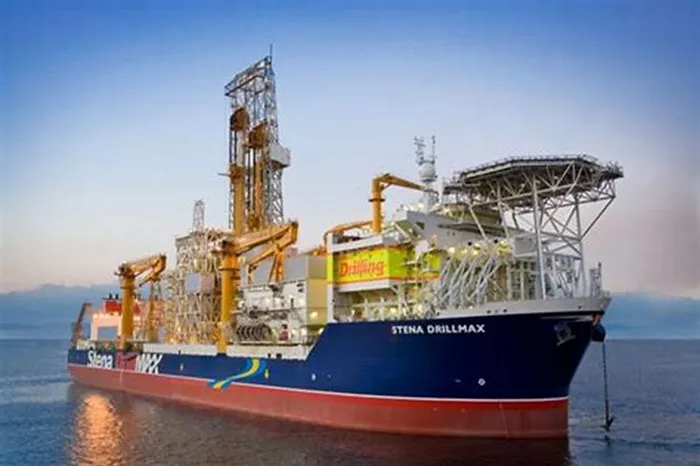U.S. oil giant Exxon Mobil Corp. (NYSE) announced Wednesday that it has produced 500 million barrels of oil from Guyana’s offshore Stabroek block, reaching this milestone just five years after beginning production at the site. The Exxon-led consortium, which includes Hess Corp. (NYSE) and China’s Cnooc (OTCPK), aims to produce at least 1.3 million barrels per day by 2027, contingent on the completion of six approved offshore projects. Currently, the first three projects—Liza Phase 1, Liza Phase 2, and Payara—are collectively producing more than 650,000 barrels daily.
Data from the Guyana government reveals that the consortium generated $6.33 billion in revenue in the past year. Exxon earned $2.9 billion, Hess secured $1.88 billion, and Cnooc amassed $1.52 billion. Ownership in the Stabroek block is divided as follows: Exxon Mobil holds a 45% stake, Hess has 30%, and Cnooc controls the remaining 25%.
Exxon is also preparing to launch natural gas production at its Guyana sites. Netherlands-based SBM Offshore (OTCPK) recently completed a $1.23 billion sale of its fifth floating production, storage, and offloading (FPSO) unit, the Jaguar, to Exxon for use offshore Guyana. With a daily production capacity of 250,000 barrels of oil, the Jaguar can also treat 540 million cubic feet of gas and inject 300,000 barrels of water per day. Exxon is progressing with a Gas-to-Energy Project with the Guyanese government, projected to launch by late 2024, aimed at reducing electricity costs. The initiative will involve a pipeline transporting around 50 million cubic feet of natural gas per day from the offshore Liza projects to an onshore processing facility.
This consortium has significantly impacted Guyana’s economy. With an extraordinary average economic growth rate of 42.3% over the past three years, Guyana’s GDP per capita rose from $6,477 in 2019 to $20,360 in 2023, shifting it to an upper-middle-income country status.
Offshore Investment Surges Amid Shale Slowdown
Meanwhile, as U.S. shale oil output shows signs of slowing, deepwater oil production is rapidly gaining traction. While overall U.S. output remains high, the amount of oil extracted per foot drilled in Texas’s Permian Basin declined by 15% from 2020 to 2023, returning to a rate of decline last seen a decade ago. In contrast, major deepwater discoveries in Guyana, the Gulf of Mexico, and Namibia are revitalizing the offshore sector, drawing interest from energy companies with long-term production goals, lower emissions, and lower extraction costs.
Rystad Energy projects that the underwater oil production equipment market will grow by 10% annually from 2024 to 2027, with investments in flexible tubing, subsea coil tubing, and valve assemblies expected to increase from $32 billion to $42 billion. About one-third of these investments will go to super-deepwater projects utilizing FPSO systems, such as those at Exxon’s Stabroek block, where FPSOs like Liza Destiny, Liza Unity, and Prosperity have incrementally increased production to 650,000 barrels per day. By the latter half of this decade, Stabroek block output could surpass a million barrels per day, with further FPSO launches anticipated at the Yellowtail, Tilapia, and Redtail fields.
Deepwater projects are now the fastest-growing segment in the oil and gas industry, with production expected to climb from 300,000 barrels of oil equivalent per day (boe/d) in 1990 to 10.4 million boe/d in 2022, and projected to reach 17 million boe/d by 2030, according to Wood Mackenzie. Ultra-deepwater projects are also expected to contribute significantly to this growth, accounting for half of all deepwater production by the end of the decade.
Deepwater drilling, defined as occurring in water depths greater than 1,000 feet, and ultra-deepwater (over 5,000 feet), are anticipated to play increasingly vital roles in meeting global energy demands as conventional resources dwindle and offshore technology advances.
Related topic:
What Colour Is No. 2 Fuel Oil?

